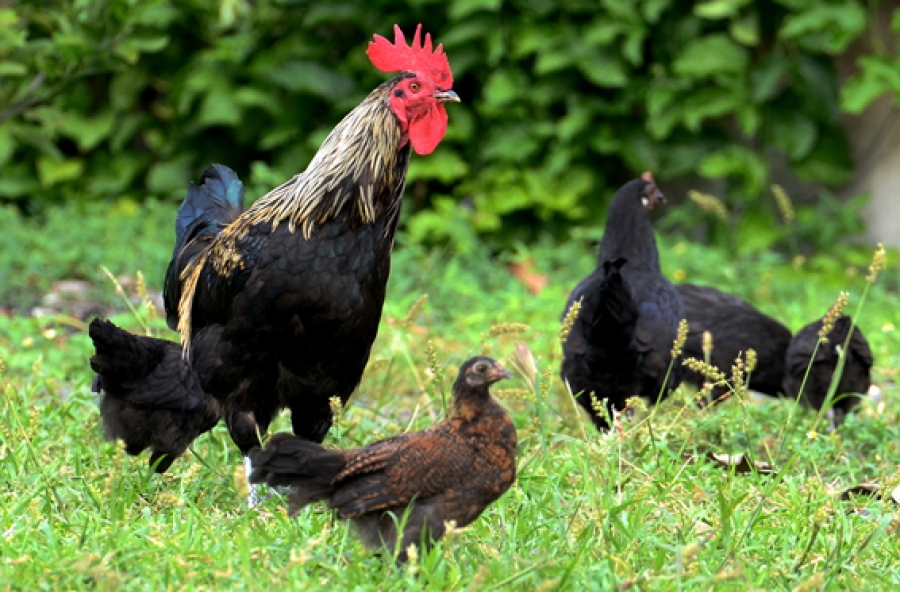Pet Talk: Something to crow about . . .
Wednesday 18 January 2023 | Written by Supplied | Published in Opinion, Pet Talk

Something to crow about. The humble Cook Islands chicken could play an important future role in food security. 16042635
When I was a child, we lived in a small country called Swaziland. It has since changed its name, to Eswatini. I can remember a lot about the country and our time there, even though it was a long time ago. One of the things I remember well are the bags of chicken heads and feet, sold in shops as “Walkie-Talkie”. A fantastic name.
Chickens are the most popular species of poultry; billions are farmed around the world. And there are plenty in Rarotonga. According to a lot of the volunteer vets, thousands crow outside the vet house every night. Personally, I think they are exaggerating, there are only a couple of hundred roosters out there.
Every year about 100 thousand kilotonnes of chicken meat is produced worldwide. That is quite a lot. I couldn’t find out how much of it is Walkie Talkie. Add to this the about 130 billion eggs and you get an idea of how many chickens there are.
It is pretty easy to see why there are so many, the meat is wholesome and healthy, the eggs are used widely, and the animals are easy to raise and quick to grow. They eat everything.
They make good pets. Although modern meat chickens and modern egg chickens are almost different animals, they come from the same versatile stock. And the original, multipurpose chickens are still out there.
Chickens suffer from a full range of diseases. Parasites are the most common problem, worms live and spread well when chickens are reared in free but restricted ranges. Scale and feather mites cause skin irritation. Coccidiosis can result in diarrhoea and death.
Salmonella and Campylobacter can do the same; and spread to people. Viral diseases are common, and avian flu outbreaks occur periodically, under the watchful eyes of the World Health Organisation and its veterinary counterparts, the OIE and FAO.
We are pretty lucky in the Cook Islands with our chickens. Most of the ones we eat arrive frozen in cardboard boxes, and our eggs are produced fresh right here. And we are surrounded by lots of chickens, they scratch around everyone’s gardens and pose for photos everywhere, from the beach to the top of the Needle.
They eat discarded food scraps, vegetation and insects. Watching a chook hunt a centipede is some of the best entertainment. All this food is swallowed and stored in the crop, at the base of the neck. It is then moved down to the gizzard, where it is ground up (the equivalent of chewing), often by small stones the bird has swallowed, because, as we all know, hen’s teeth are not common.
Other poultry species, like ducks, have similar wonderful attributes and suffer from similar diseases. Duck eggs are highly sought after by bakers, and me. Duck meat tends to be darker than chicken, with more flavour. Ducks are a bit more difficult to keep, they love water, but they also make good pets.
It is a long time since I had Walkie-Talkie, but it is still a great name.
> Dr Michael Baer




















































